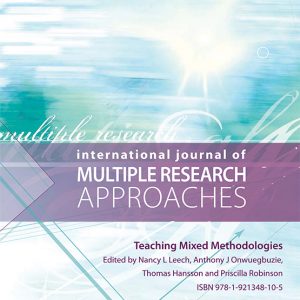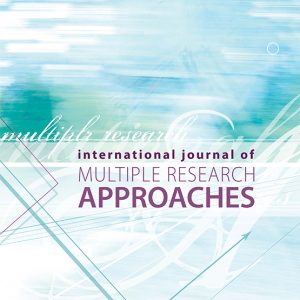4(2).5. Crisp-set qualitative comparative analysis (csQCA) and model specifi cation: Benchmarks for future csQCA applications
$30.00
Description
Crisp-set qualitative comparative analysis (csQCA) and model specifi cation: Benchmarks for future csQCA applications
AXEL MARX
University of Antwerp Management School, Antwerp, Belgium
ABSTRACT
Crisp-set qualitative comparative analysis (csQCA), a research approach developed by Charles Ragin in the 1980s, aims to combine qualitative and quantitative research strategies. Applications of the method have appeared in numerous journals. Recently, csQCA has been criticized concerning the validity of the models it generates as a result of the fact that it is unable to distinguish real from random data. It is argued that csQCA always identifies an explanatory model, even on the basis of random data. The paper addresses this hypothesis via a simulation. It uses randomly created datamatrices to show that csQCA can make a distinction between real and random data when model specification parameters are taken into account. First of all, the proportion of explanatory conditions on cases should be below a certain threshold, which differs as a function of the combination of conditions on cases. Secondly, there is an upper-limit to the number of explanatory conditions which can be used in a csQCA-analysis. The importance of the design parameters are the result of the problem of uniqueness which is a consequence of the use of Boolean algebra. Five implications for comparative case research-design and csQCA are discussed.
Keywords: qualitative comparative analysis, model specification, qualitative, quantitative, comparative case research


